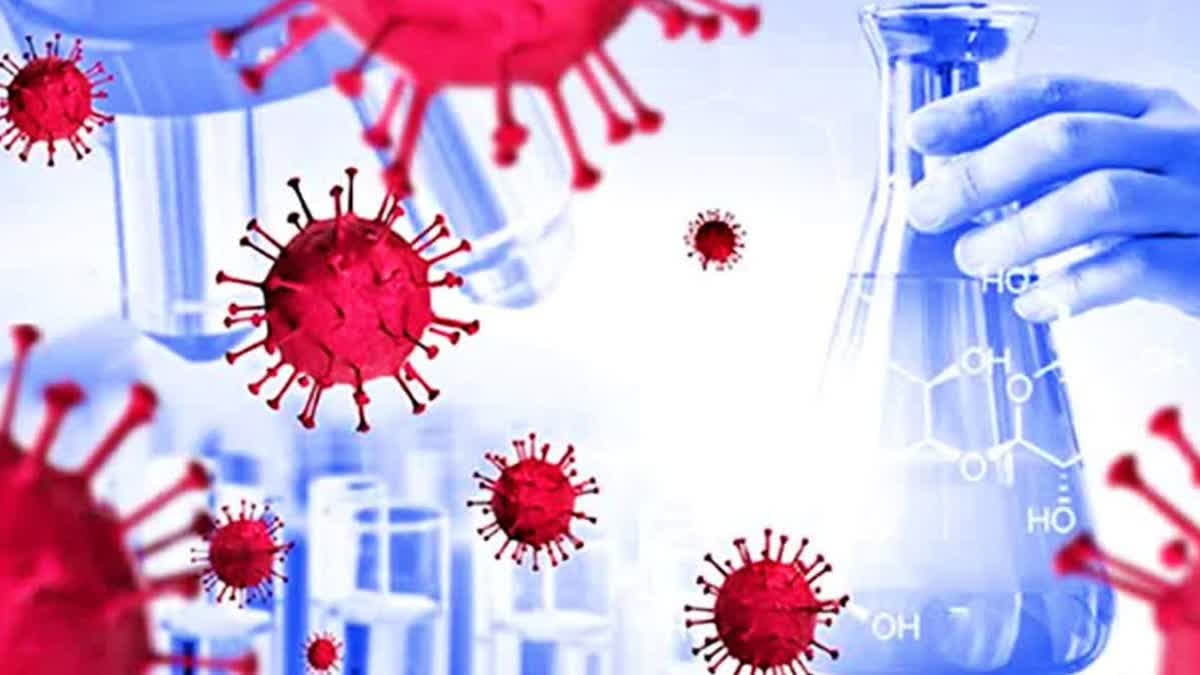New Delhi: Being aware of an emerging threat of Antimicrobial Resistance (AMR), the Indian Medical Association (IMA) has formed a National Alliance of Medical Professionals on Antimicrobial Resistance (NAMP-AMR).
The alliance of 52 medical speciality organizations and associations from across India will fight against antimicrobial resistance. This development assumes much more significance following the fact that WHO has already projected AMR as the potential leading cause of death by 2050.
“AMR poses a significant threat to the health of our Nation. In 2019, there were 2,97,000 deaths attributable to AMR and 10,42,500 deaths associated with AMR in our country. The formation of NAMP-AMR by Indian Medical Association marks the beginning of a concerted national effort to tackle this crisis head-on,” said Dr Narendra Saini, chairman, IMA-AMR.
What is AMR
Antimicrobials – including antibiotics, antivirals, antifungals, and antiparasitics – are medicines used to prevent and treat infectious diseases in humans, animals and plants. Antimicrobial Resistance (AMR) occurs when bacteria, viruses, fungi and parasites no longer respond to antimicrobial medicines. As a result of drug resistance, antibiotics and other antimicrobial medicines become ineffective and infections become difficult or impossible to treat, increasing the risk of disease spread, severe illness, disability and death.
AMR is a natural process that happens over time through genetic changes in pathogens. Its emergence and spread is accelerated by human activity, mainly the misuse and overuse of antimicrobials to treat, prevent or control infections in humans, animals and plants.
Health leaders from countries and areas of the World Health Organization (WHO) South-East Asia and Western Pacific Regions have recently sounded the alarm and committed to work together to more effectively tackle antimicrobial resistance (AMR).
Rising threat
The misuse and overuse of antimicrobials − especially antibiotics − in humans, animals and plants are driving the rise of drug-resistant infections. This makes common infections harder to treat and medical procedures and treatments, such as surgery and chemotherapy, much riskier.
Other factors that contribute to the emergence and spread of drug-resistant infections include a lack of clean water, sanitation and hygiene (WASH) and inadequate infection prevention and control. These promote the spread of microbes that are resistant to treatment in health facilities and communities.
Quoting data, Dr Pradip Bhattacharya, president of Indian Society of Critical Care Medicine (ISCCM), said that 1.2 million deaths in India are due to antimicrobial resistance (AMR), with an estimated 10 million deaths by 2050.
He said that the medical fraternity must exercise caution in prescribing antibiotics to avoid unnecessary risks and should adopt a judicious approach through stewardship programs.
India’s Strategy
Stating that the Government is developing a National Action Plan (NAP) 2.0 for AMR, Dr VK Paul, member (health) NITI Aayog said, “Neglecting AMR could severely impact Viksit Bharat, setting back our prosperity, GDP, and various health aspects.”
Hailing IMA for taking steps to fight AMR, Dr Paul said, “IMA’s initiative of NAMP-AMR is a right step in the right direction. There is a necessity of uniting all organizations under one banner to turn this into a National movement.”
He outlined six critical pillars in this direction including education & awareness, promoting the use of diagnostics, role of prevention, judicious use of antibiotics, research & development, and governance & collaboration.
“NAMP-AMR by IMA is a unique global initiative. There is a need to set specific targets to reduce mortality from AMR and curb the inappropriate use of antibiotics in both humans and animals,” Dr Paul said. The world health organization (WHO) projected AMR as the potential leading cause of death by 2050.



